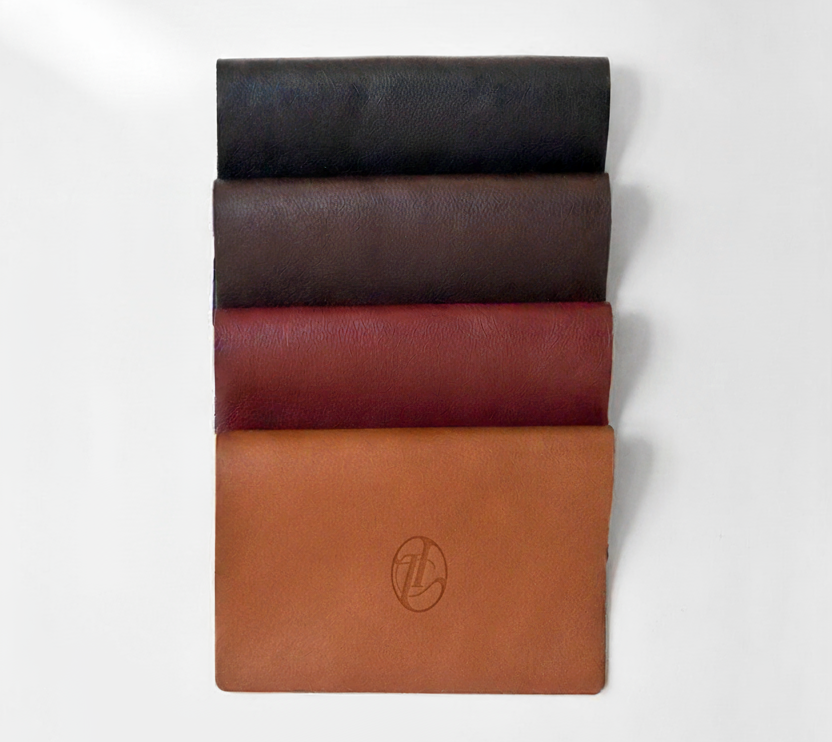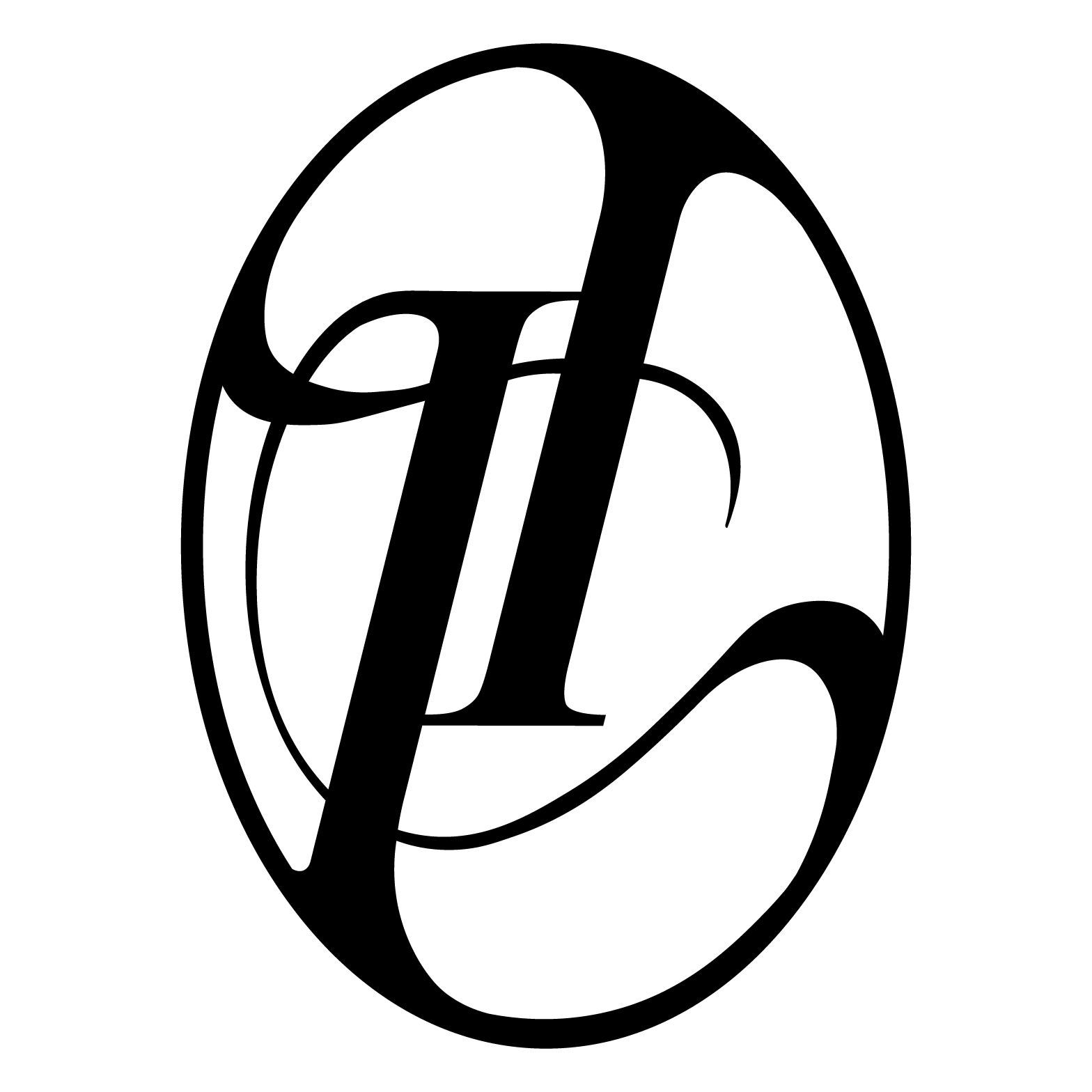
Types of Leather Shoes: A Comprehensive Guide to Every Style & Hide
Leather shoes are more than a staple; they're a statement of intention, care, and character. Whether polished to perfection or purposefully rugged, the right pair reflects who you are before you say a word. In this definitive guide, we walk you through different kinds of leather shoes and the many types of leather that bring each silhouette to life, helping you identify the best type for your style.
Quick Reference Table: Different Kinds of Leather Shoes & When to Wear Them
|
Style |
Type of Upper Leather |
Sole Type |
When to Wear |
Formality |
Break‑In Time |
|
Cap-Toe Oxford |
Full-grain |
Leather |
Business meetings, weddings |
Formal |
Medium |
|
Wholecut Oxford |
Top-grain |
Leather |
Gala events, formal dinners |
Black-tie/formal |
High |
|
Derby (Plain/Brogue) |
Top- or corrected-grain |
Rubber/Leather |
Office, interviews |
Business casual |
Low–Medium |
|
Penny Loafer |
Calf, Suede |
Leather/Rubber |
Weekend brunches, casual Fridays |
Smart casual |
Low |
|
Tassel Loafer |
Calf, Suede |
Leather |
Semi-formal events, dates |
Dressy casual |
Low |
|
Monk Strap (Double) |
Full-grain |
Leather |
Business casual, dinners |
Semi-formal |
Medium |
|
Chelsea Boot |
Top-grain |
Rubber |
Smart-casual outings, evening events |
Casual to dressy |
Medium |
|
Chukka Boot |
Suede, Rough-out |
Rubber |
Every day wear, light travel |
Casual |
Low |
|
Work Boot |
Chromexcel |
Lug rubber |
Outdoor work, rugged wear |
Utility/casual |
High |
|
Driving Moc |
Suede |
Pebbled rubber |
Road trips, weekend drives |
Leisure |
Low |
|
Boat Shoe |
Top-grain |
Rubber |
Coastal holidays, resort wear |
Resort casual |
Low |
|
Leather Sneaker |
Calf, Top-grain |
Rubber |
Daily errands, casual street style |
Casual/sporty |
Low |
Understanding Leather Itself: From Full‑Grain to Patent
Full‑Grain vs. Top‑Grain
Full-grain leather is the gold standard of leather type—unbuffed, uncorrected, and richly textured. It develops a beautiful patina with wear and boasts the highest durability. Top-grain, slightly sanded for uniformity, is more pliable and visually consistent, making it a popular choice for dress shoes.
Corrected‑Grain & Genuine Leather
Corrected-grain is heavily treated to mask imperfections, often with embossing or synthetic top layers. It’s a more affordable type of leather, though less breathable. Genuine leather, while real, is the lowest tier, often split from hides and bonded together. It may look fine at first, but it lacks the longevity and grace of better grades.
Suede, Nubuck & Rough‑Out
Suede is the underside of leather, soft and velvety. Nubuck, on the other hand, is top-grain leather buffed to a matte finish, richer and more durable than suede. Rough-out leather preserves the hide’s outer layer, flipped inside out. It’s resilient and ideal for boots.
Exotic & Vegan Alternatives
From embossed faux grains to vegan microfibres, alternatives are types of leathers that exist for every aesthetic and ethos. These leathers vary in price, sustainability, and structure—some demanding just as much care as traditional hides.
Oxford Family: The Formal Classics
Oxfords are the benchmark of formal footwear. Learn how subtle differences in design and types of leather make each version distinct in elegance and intent.
Cap‑Toe Oxfords
Defined by a stitched line across the toe, cap-toe Oxfords are the backbone of formalwear, polished, versatile, and suited to suits.
Wholecuts & Plain‑Toes
Crafted from a single piece of leather, wholecuts are sleek and seamless. Plain-toe variations remove ornamentation entirely, offering a minimalist silhouette perfect for tuxedos and black-tie events.
Best Type of Leather for Dress Oxfords
Choose full-grain or high-quality top-grain leather for enduring shine and structure. Patent leather is also an acceptable type of leather for evening formality, though it lacks breathability.
Derby & Blucher: Smart‑Casual Workhorses
When the setting calls for structure without stiffness, Derbies and Bluchers step in. These styles blend polish with comfort across a range of occasions.
Plain, Cap‑Toe & Brogued Derbies
Derbies offer more room through the instep, thanks to open lacing. Cap-toes and brogues add detail, ideal for business casual or relaxed tailoring.
Choosing Water-Resistant Leathers
Opt for top-grain leather treated with waxes or oils. Pull-up and Chromexcel finishes provide resilience against moisture while retaining flexibility.
Loafers: Penny, Tassel & Horsebit
A type of shoe that is easy to wear but rich in heritage, loafers bring elegance to casual and business attire alike. Their leather choices define both character and comfort.
Ideal Leathers for Warm‑Weather Comfort
Suede and soft calf leather breathe well and conform quickly to the foot, making them perfect for loafers worn sockless or during warmer months.
How to Condition Loafer Uppers
Use a nourishing cream or conditioner to keep the upper supple. For suede, a dedicated brush and protector spray will prevent fading and repel dirt.
Monk Straps: Single vs. Double
Monk straps walk the line between classic and contemporary, offering a striking silhouette without laces. But should you choose single or double? It depends on your style and setting. Single monk straps deliver a sleek, minimalist look—ideal for understated sophistication. Double monk straps, with their layered closure and added detail, lend a bolder statement and are often more casual in tone.
Patina Potential with Vegetable-Tanned Hides
Vegetable-tanned leather evolves beautifully over time. Monk straps in this type of leather age with grace, developing a custom patina that reflects your lifestyle.
Boots Breakdown
Boots carry stories, from polished city styles to rugged heritage builds. Learn which type of leather is best suited for Chelseas, chukkas and work boots.
Chelsea & Jodhpur
Sleek and minimal, Chelsea boots shine in smooth top-grain leather. Jodhpur boots—defined by wraparound straps—blend equestrian heritage with modern edge.
Chukka & Desert
Typically made in suede, chukkas and desert boots offer a relaxed structure with clean lines. They pair well with denim, chinos, and light tailoring.
Work / Heritage Boots & Horween Chromexcel
Work boots demand tougher hides. Horween’s Chromexcel leather, hot-stuffed with oils and waxes, is legendary for its ruggedness and rich pull-up effect.
Specialty Styles
From leisure staples to weekend essentials, these niche types of leather shoes complete the modern wardrobe with comfort, ease, and distinctive flair.
Driving Mocs, Boat Shoes & Espadrilles
Driving mocs favor supple suede with flexible soles. Boat shoes use salt-resistant leather and siped rubber for grip. Espadrilles often use woven jute and soft uppers—best for leisure, not longevity.
Sneakers with Leather Uppers
Leather sneakers offer structure and polish to casual wear. Go for calf or corrected-grain for daily wear, and pair with jeans, joggers, or casual suiting.
How to Pick the Best Type of Leather for Your Shoes
Choosing the right leather is personal, but it doesn't have to be overwhelming. Follow this simple decision flow to identify the best fit for your lifestyle:
- What’s your climate like?
- Humid or tropical: Go for breathable options like calf leather or nubuck.
- Dry or seasonal: Full-grain or Chromexcel offers durability and protection.
- How much upkeep are you willing to do?
- Minimal maintenance: Choose top-grain or corrected-grain.
- Willing to care and polish: Opt for full-grain or vegetable-tanned.
- What’s your preferred look?
- Sleek and polished: Patent or smooth top-grain.
- Rugged or aged: Pull-up, Chromexcel, or rough-out.
- What’s your typical dress code?
- Formal or business: Stick with full-grain or high-shine top-grain.
- Casual or outdoor: Suede, nubuck, or waxed leathers work best.
Let your answers guide you to the type of leather that matches not just your shoes, but your rhythm of life.
Climate, Budget & Care Commitment
If you live in a humid climate, consider breathable leather types like calf or nubuck. Budget-wise, top-grain balances cost and quality. And if maintenance isn’t your thing, steer clear of suede.
Care & Maintenance by Leather Type
Great leather deserves great care. Each type of leather, be it full-grain, suede, or Chromexcel, responds best to specific treatments.
Cleaning, Conditioning & Waterproofing
Full-grain and top-grain leather benefit from gentle cleaning with a damp cloth, followed by a neutral pH leather cleaner and regular conditioning to maintain suppleness. Patent leather should be wiped with a soft microfiber cloth and refreshed with patent-specific polish. Suede and nubuck require a dry approach—use a soft-bristle brush to lift dirt and a protective spray to prevent moisture damage. Chromexcel and pull-up leathers develop rich character over time and respond well to occasional conditioning and buffing, while corrected-grain and genuine leather should be cleaned gently, with minimal conditioning to avoid disrupting their finished surfaces. Leather care depends on the type of hide.
Resoling & Longevity Tips
Full-grain shoes are well-suited for Goodyear welting and multiple resoles over a lifetime, making them a smart long-term investment. Top-grain and corrected-grain leathers can also be resoled, though they may show visible signs of wear more quickly in high-friction areas. Chromexcel leather, often used in rugged boots, is praised for its durability and beautiful pull-up effect, developing character rather than cracking. Suede and nubuck, while generally not suitable for resoling, can still last for years if well cared for—brush regularly, store in dust bags, and rotate seasonally.
FAQ: Everything About Leather Shoe Types
Are genuine‑leather shoes worth it?
Only if they’re well-made. Avoid bonded or overly corrected leather, which may crack or wear poorly.
Which types of leather age with the best patina?
Full-grain and vegetable-tanned leathers develop the richest patinas with wear.
Does suede really need special weatherproofing?
Yes. Suede is absorbent and should be sprayed regularly with a protective barrier, especially in wet climates.

